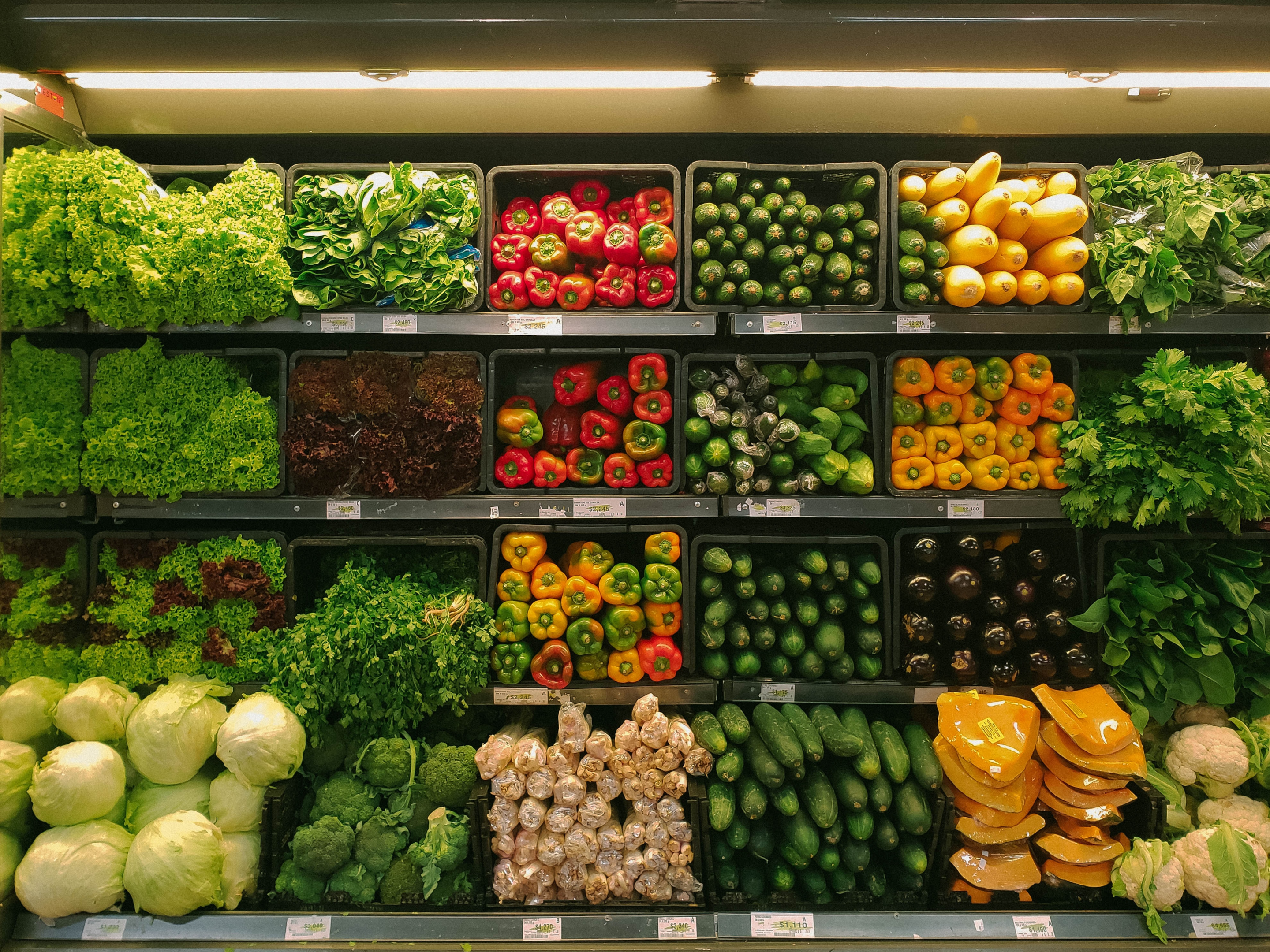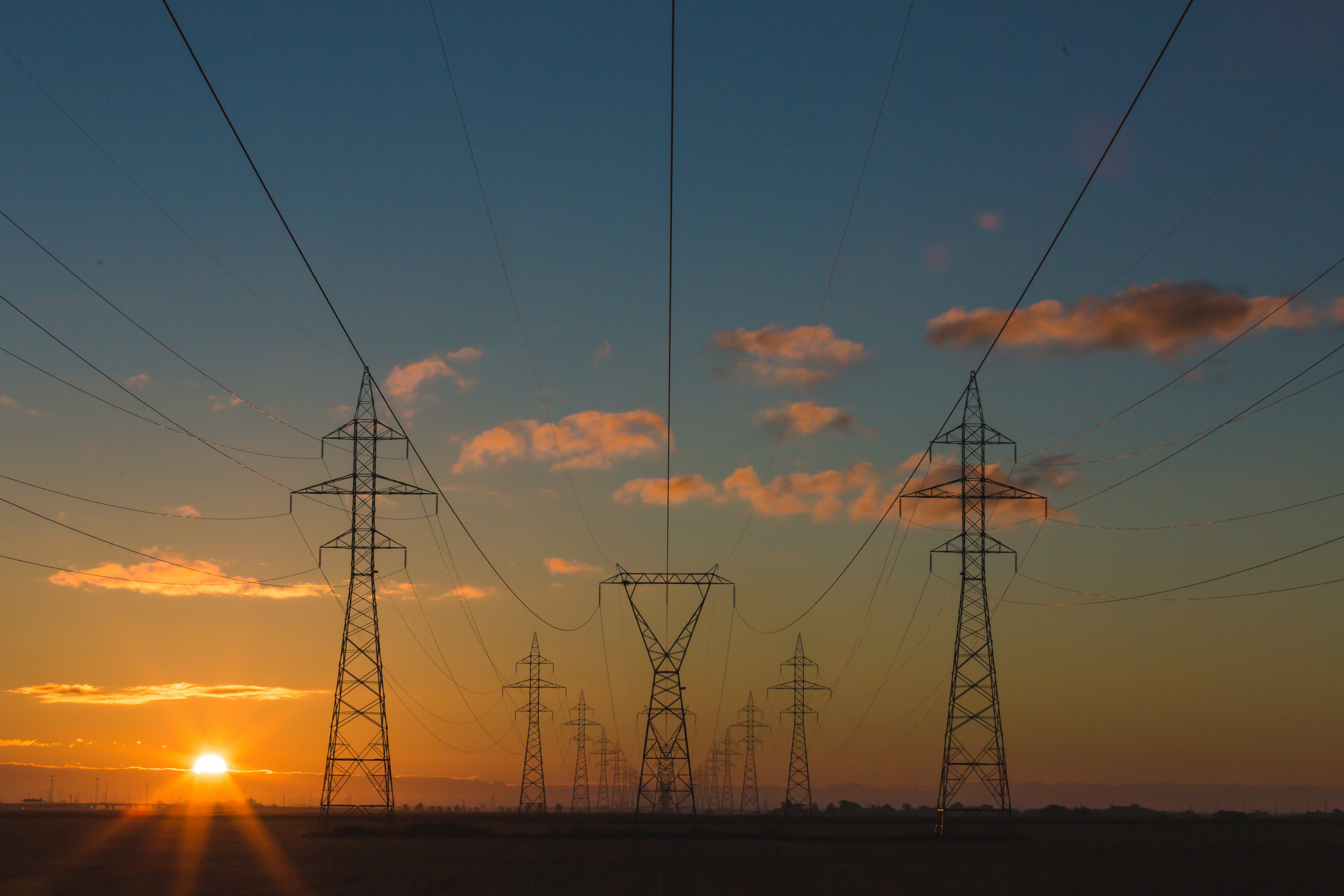Food prices have risen lately and one of the reasons is Russia’s war with Ukraine. Unfortunately, it does not look like it’s going to stop any time soon. Ukraine and parts of Russia are widely considered the “world’s breadbasket” as they accounted for a quarter of the world’s wheat and grain trade, producing an estimated 94 million tons just last 2020-2021 season.
The war disrupted Ukraine’s valuable wheat, corn, barley, and oilseeds exports. Ultimately, resulting in a massive vacuum in the world’s wheat and grain supplies as countries that rely on Ukraine scramble to search for alternative sources. The sudden decrease in global food supplies forced food prices to skyrocket.
A 2022 Statista article recently revealed that food prices had gone up by almost 60% last March when the Ukraine-Russian war started. The disruptions caused by the war ensued in high inflation rates to stabilize the economy. However, as we'll learn below, the war is only one in a whole host of reasons why food prices have gone up due to inflation.
But, to understand all of this, first, we need to understand exactly what inflation is, why it happens, and what it means for the average American.
What is Inflation?
Inflation is a complex concept in economics and it can be influenced by several factors such as a country’s economy and government regulations. But, in a nutshell, inflation is the broad rise of prices and services in a given time that negatively affects a currency’s purchasing power. And this is due to an imbalance in a basic fundamental of economics—supply and demand.
In an economy, when supply is high and demand is low, businesses decrease their prices to entice customers to buy a product or service. Inversely, if supply is low and demand is high, businesses would naturally increase their prices to keep afloat. But, it’s more complicated than that, as inflation could occur for many reasons.
The reasons that induce inflation are not one-dimensional, as it is deeply connected to all facets of Economics. Think of the economy as a spider web; each strand corresponds to many economic components, such as production, the supply chain, consumers, to even politics. Just one compromised strand can affect the web’s structural integrity and this can lead to unwanted consequences—in this case, inflation.
For example, let’s say you’re a person who sells high-demand bread in a village. If, for some reason, wheat production in your village is lower than usual this season, the village wheat farmer is forced to increase their selling price to compensate for his losses of costs in seeds, fertilizer, pesticides, etc. And, since wheat makes flour, a main component of bread, naturally, flour prices increase.
So you, the bread maker, need to increase your bread prices to compensate for the price of flour; otherwise, you’ll be at a loss. If your customers could buy two pieces of bread for $1 before, now they’ll be only able to buy one, which means their purchasing power has decreased.
But, production isn’t the only factor that causes a rise in prices. Even politics can play a large part in influencing inflation. In the same analogy, if somehow the mayor wants to feed the homeless in your village and he gives them taxpayer money to buy bread—and just like that, demand skyrockets. If you and the wheat farmer didn’t produce bread fast enough to chase demand, supplies would become substantially lower.
Note that these are just overly simplified examples of inflation as there could be a whole host of reasons why it happens. Nevertheless, inflation can have a huge impact on many people's lives, especially in lower socioeconomic classes, since their few and hard-earned money’s value effectively decreases.
The Global food supply chain
In basic terms, the global food supply is the supply of food worldwide in a given period. It is the overall production, processing, and distribution of food worldwide and is affected by disruption in the supply chain, sociopolitics like wars and tariffs, annual production, and labor.
If global supply does not meet global demand for food, inflation occurs, and food prices worldwide skyrocket. Mainly because economies would be forced to increase prices to remain stable—otherwise, they’ll be at a loss and crash. If countries with massive contributions to the world’s food supply, such as Ukraine and Russia (25% of the world’s wheat and grain), fail to participate in global trade, there would be a gaping hole in the world’s food supply.
Higher transport costs caused by higher gasoline prices
Ever wonder why food and gas prices go up simultaneously? It’s simply because of distribution costs. Because of higher gas prices, companies with trucks, shipping vessels, and other distribution vehicles that rely on fuel are forced to increase distribution fees to compensate for the price hike. Otherwise, they’ll have substantially fewer profit margins.
And since these distribution companies transport food, naturally, food prices would go up since the companies involved with food production also need to compensate for the increased distribution costs. Think of it as a complex domino effect, and one tipped tile starts a massive wave of price hikes.
How labor shortage affects food inflation
Food supply and prices aren’t just affected by distribution and production. Coincidentally, it can also be attributed to the lack of manpower and labor costs. Short-staffed establishments are forced to increase their employees' wages labor statistics shows, convince them to stay if there’s a lack of manpower due to an economy’s declining job market.
A 2022 statistic by the U.S. Bureau of Labor Statistics about the situation of employment in America shows that private employees now earn $32.27 per hour since July compared to $28.51 in February 2020. The increased wages may be good news for laborers; however, if the rise in wages does not exceed inflation, these higher wages simply become trivial as the price increases will still hurt the average worker. The average price of fresh fruits and pork prices has gone up at the grocery stores. consumer price index shows huge jumps month over month, from milk to vegetables and eggs it has been hurting shoppers.
The Global Demand for Food

The world’s overall population almost always drives the global demand for food. Since there are now more people to feed, the global demand also rises with it. If supplies do not meet the world’s food demands, economies will struggle to stabilize food prices and are forced to increase prices.
Aside from the rise in population, according to a 2011 study about factors affecting food security, global food demand is also affected by the effects of urbanization and climate change which leads to a reduced yield of crops. This decreases food production, thus creating higher demand.
In a 2021 study about the projected total global food demand, it is said that global food demand would increase by 35% to 56% between 2010 and 2050, and population risk for hunger would change between -91% to 8%. Since this study was conducted before the war, these numbers may still vary, and we can only hope for the better.
Other Factors that Increase Food Prices

As I’ve said, the facets that could influence inflation are multi-dimensional. This means that food production and trade won’t always be the “common offenders” that cause inflation, as several expected and unexpected factors may arise that could negatively impact the economy.
While we can prevent some of these other factors from happening by taking specific measures, it is much better to prepare for the worst since some circumstances are unavoidable. As we’ve learned, increased food prices are just byproducts in the grander scheme of things, and being ready could go a long way.
High energy prices
Energy prices are almost always influenced by the global trade of oil and natural gas, which unfortunately are now in short supply due to the economic sanctions many countries have imposed on Russia, one of the main exporters of natural gas and oil which supplied the EU with 40% of its natural gas last year.
Food prices would increase since companies that process and produce food will be forced to increase the price of their products to compensate for the price hike in energy. Not only that, but an increase in energy prices would also affect retail companies, as they also use large amounts of energy to power their stores.
Climate Change
Climate change can affect food prices in terms of food production. As the climate becomes more and more unpredictable, weather patterns may cause issues in agricultural sectors that rely on it to grow their crops. Since the yield of crops would be lower, the world’s food supply is also effectively lowered, increasing demand in the process.
Increased production of biofuel
Since most biofuel is extracted from crops, such as ethanol from sugarcane and palm oil from oil palm trees, there would be a significant demand for agricultural land. This demand for arable lands creates a conflict between farmers that plant crops for food production. Also, some farmers that were originally producing food crops may potentially change markets and use their land to grow biofuel crops instead.
As more and more biofuel crops are planted instead of food crops, there would be a subsequent decline in food supplies, and food prices could potentially increase.
Disease Outbreaks
As we’ve seen from COVID-19, pandemics can cause an instant shock of increased demand for commodities worldwide. As more and more people were urged to stay at home and businesses were temporarily closing, people became susceptible to panic buying, hoarding, and storing lots of food items.
Unnatural purchasing methods such as these can significantly cause food supplies to decline since people might feel the need to buy in excess, even if they don’t need to. However, this is a natural response since everyone is inclined to self-preservation. The very instinct that drives humans to survive could be the very reason why food prices soar.
Restrictions from pandemics can also disrupt the supply chain as there would be volatility in the production and distribution of goods. It could cause labor shortages and slower distribution which could affect the supply chain.
Natural Disasters
Natural disasters such as tornadoes, giant storms, and earthquakes could increase food prices for many reasons. Similar to a pandemic, people tend to panic buy when they know a storm is coming. Because of this, lots of people would also participate in panic buying, which could decrease local food supplies and increase demand.
However, on a grander scale, natural disasters can destroy swaths of agricultural land, which would have been a country’s local food supply or agricultural export. Most natural disasters are also unpredictable, and some countries might not be prepared for large-scale destruction of land and property.
Impact of Food Price Inflation

To the Family
For families, especially average Americans, increased food prices could mean they’ll be forced to buy less food or sacrifice other expenses to maintain household food supplies. If food prices continue to rise, some families might purchase relatively cheaper, albeit lower quality food, instead of fresh and healthy alternatives.
To Businesses
Food and agricultural business would be the most affected sector. As food prices increase, that will also push them to increase their prices. Restaurants would become more expensive, and supermarkets would sell food products at a higher price. These price hikes can lead to fewer customers and fewer profits.
However, if investment firms invested in food products and held their assets in markets affected by inflation, they’ll have a significant boost in their stock prices. For example, if a company invested in grain, and the price of grain increases, this company would enjoy higher margins.
To the Economy
Economies may struggle to find an equilibrium as high food prices may lead to fewer people buying food products—economies need the stimulus of these people’s money for the economy to move its gears. If the consumption of food remains stagnant, it will take longer for economies to restabilize.
Conclusion
A rise in food prices can be potentially disheartening, especially if our hard-earned money can’t buy things the same way it used to. The only thing we can do for now is hope for the best and pray for the war to stop and ultimately end in a peaceful resolution so we can all return to the lives we once had, enjoying the food we love most.
Content
Frequently Asked Questions (FAQs)
Are food prices affected by inflation
Food prices are definitely affected by inflation. Inflation is a general increase in prices, and it affects all sorts of products, including food.
There are a few reasons why food prices might go up during periods of inflation. For one, the cost of producing food might go up. This could be because of increased fuel costs (which would impact things like transportation and fertilizer), or because of increased wages for agricultural workers. Additionally, as the overall cost of goods goes up, merchants might start to charge more for food items in order to make a profit.
In short, yes - food prices are definitely affected by inflation.
What is meant by food inflation
Food inflation is the rate of increase in the prices of food. The cost of food has been rising faster than the rate of inflation for many years, and this trend is expected to continue.
There are several reasons for the rise in food prices. Some factors include population growth, climate change, energy costs, subsidies for biofuels, and trade policies. In addition, there is increasing demand for meat and dairy products in developing countries as their populations become more affluent. And finally, there is growing competition for resources (such as land and water) used to produce food.
Will there be food shortages in 2023
There is a good chance that there will be food shortages in 2023. The main reason for this is that the world's population is growing at an alarming rate, while the amount of arable land available for farming is shrinking. Additionally, climate change is making it increasingly difficult to produce food in some parts of the world, while other regions are becoming more prone to devastating floods and droughts.
To avert future food shortages, we will need to come up with innovative solutions to address these problems. One potential solution would be to increase our reliance on genetically modified crops, which are resistant to drought and pests. Another solution would be to invest in new technologies that allow us to produce food using less water and land.

